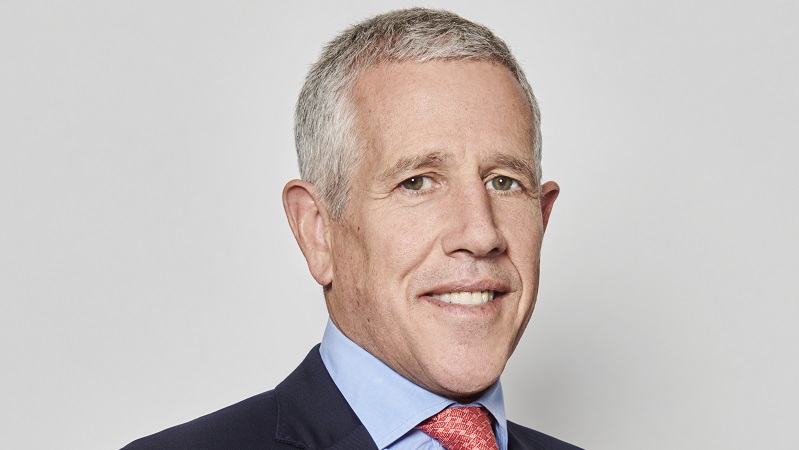This first appeared as an issue in the early weeks of 2013, following the appointment of Mark Carney to the Governorship. The main thinking behind the new policy is to keep interest rate expectations anchored, even in the face of stronger economic data.
This should give households and firms the confidence to plan ahead, safe in the knowledge that the risk of a rate rise is very low.
The Japanese experience of tightening policy too early, after their financial crisis in the early 1990s, is one from which the new governor wishes to learn.
The Bank has signalled that it won’t consider raising interest rates until the unemployment rate falls to 7%, which is not anticipated for at least three years.
While the announcement on forward guidance was not a surprise, there was some debate about which variable the Bank would choose as a threshold.
Each had pluses and minuses, although the unemployment rate had a number of key advantages over GDP, which was the other main contender: it is a readily understandable concept and is seldom if ever revised.
Also, the rate of unemployment touches on one of the key paradoxes in the UK economy at present: why has employment been so strong and yet output so weak?
If this apparent hit to productivity is structural, then the unemployment rate should fall faster on even quite modest growth assumptions, which would mean interest rates rising earlier, to reflect the lower trend rate of growth in the economy.
However, if the hit to productivity is just temporary and labour market participation rises as the recovery gathers pace, then the economy could still grow at a reasonable rate without triggering a significant decline in the unemployment rate. A rate rise would be postponed until at least 2016, if not later.










